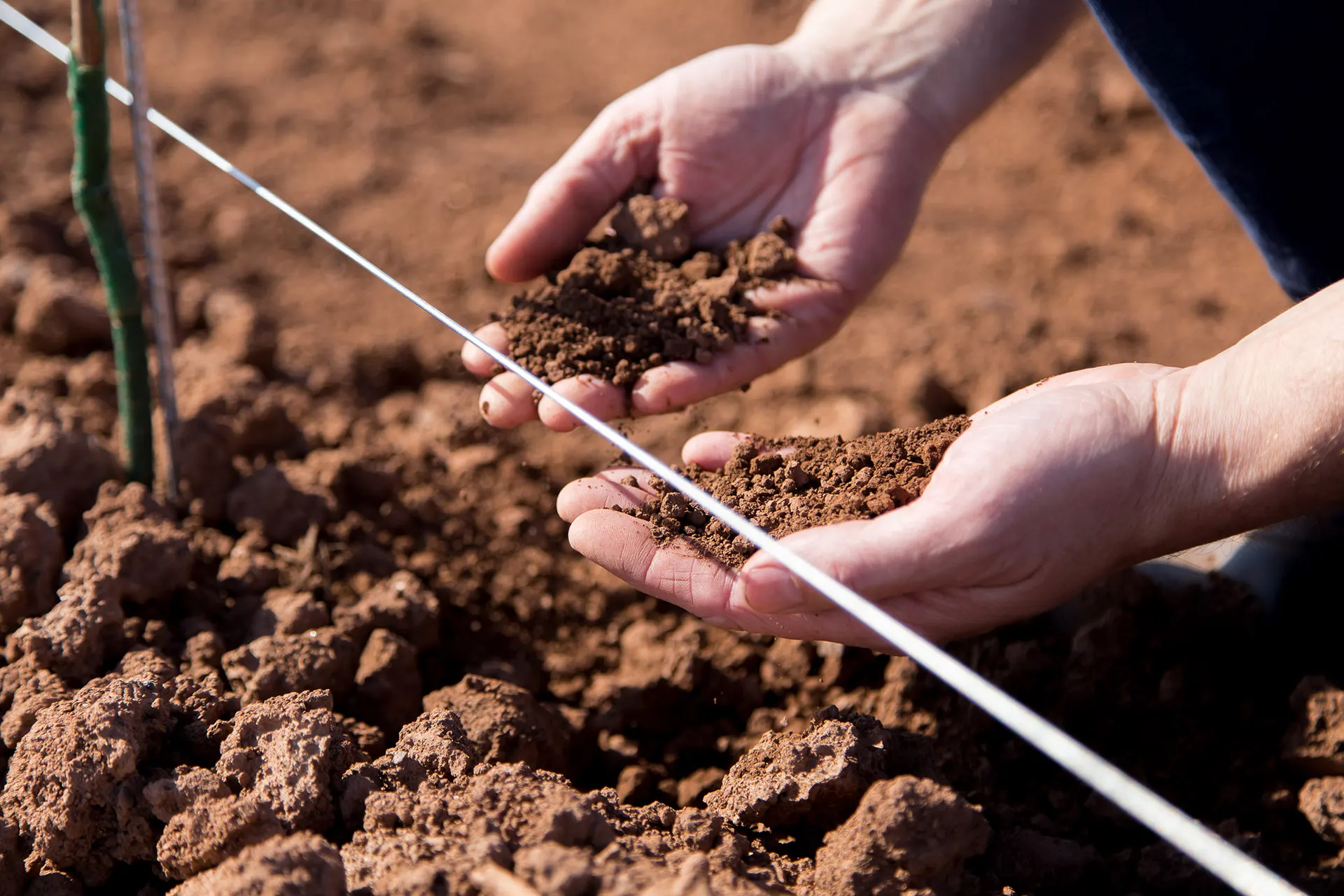Wine vintages often spark curiosity among both new and seasoned wine enthusiasts. It’s more than just the year on the label; it’s a gateway to understanding the story behind each bottle. Let’s delve into what makes vintages so significant and how you can use this knowledge to elevate your wine experience.
What is a Wine Vintage?
The term "vintage" refers to the year in which the grapes were harvested. It’s a simple concept but holds layers of complexity. The climate conditions of that specific year, including the amount of rainfall, temperature variations, and sunshine, directly influence the grapes' quality and, ultimately, the wine itself. A warm, dry season might produce rich, concentrated flavors, while a cooler, wetter season could lead to a more delicate, nuanced wine.

Why Do Vintages Matter?
You might wonder why a year on a label carries so much weight. The vintage year can offer a glimpse into the wine’s character and potential longevity. For example, 2015 was a stellar year for Bordeaux wines, with optimal weather conditions leading to robust, well-balanced bottles. Knowing the vintage helps you select wines that match your preferences—whether you’re seeking something ready to drink now or a bottle that will develop beautifully with age.
Understanding the Role of Terroir
Vintage alone doesn’t tell the whole story. The concept of terroir—how the geography, soil, and climate of a region influence the wine—works hand-in-hand with vintage. For instance, a 2017 Napa Valley Cabernet Sauvignon will differ significantly from a 2017 Bordeaux Cabernet Sauvignon, even though they share the same vintage year. The unique terroir of each region imparts distinct flavors and characteristics to the wine.

The Influence of Winemaking Techniques
Beyond climate and terroir, winemaking techniques play a crucial role in shaping the final product. Some winemakers may choose to intervene less, allowing the vintage to shine through with minimal manipulation. Others might use techniques like oak aging or blending to achieve a specific style. Understanding a winemaker’s approach can offer deeper insights into what you can expect from a particular vintage.
Navigating Vintage Charts
Vintage charts are handy tools that provide a snapshot of how different regions fared in various years. These charts can guide you when purchasing older wines or exploring new regions. However, while they’re helpful, they shouldn’t be the sole factor in your decision-making process. Personal preference, wine style, and the producer's reputation are also essential considerations.

Should You Always Go for the Best Vintage?
It’s tempting to chase after the best-rated vintages, but there’s beauty in exploring the less-heralded years as well. Some of these wines may offer unique expressions or unexpected surprises. Additionally, lesser-known vintages often come with a more accessible price tag, making them great choices for casual sipping or discovering new favorites.
How to Start Your Vintage Journey
Embarking on your vintage exploration doesn’t have to be daunting. Start by tasting wines from different years within the same region or varietal. This practice will sharpen your palate and help you recognize the subtle differences a vintage can bring. Joining a wine club or attending tastings can also be excellent ways to broaden your understanding and enjoyment of vintages.
Final Thoughts: Appreciating the Story Behind the Year
Understanding vintages enriches your wine experience, allowing you to appreciate not just the wine in your glass but the journey it took to get there. Whether you’re savoring a well-aged bottle from a celebrated year or discovering the hidden gems of a lesser-known vintage, each sip connects you to the history, climate, and craftsmanship of that particular moment in time.
So next time you’re selecting a wine, take a moment to consider the vintage. It’s more than just a number—it’s a story waiting to be uncorked.
Discover how vintages shape the character of exceptional wines by exploring the Weingut Heymann-Lowenstein Schieferterrassen. This remarkable Riesling reflects the unique terroir and vintage conditions of the Mosel region, offering a perfect example of how each year's climate can influence a wine's profile.
Similarly, the Belondrade y Lurton is a stunning Spanish white that showcases the finesse and complexity that can be achieved through careful selection of vintage and meticulous winemaking. These wines provide an excellent opportunity to taste the impact of vintage on quality and flavor.

About the Author
Joseph Luk is the founder of Cuvees.com (12 Bottles Company Limited), established in 2009, where he passionately curates unique wines, sakes, and spirits from around the world. In addition to his work at Cuvees.com, he manages 13 Degrees Wine Cellars, where he manages the storage solution for wine collectors. Joseph is dedicated to sharing his knowledge and love for beverages with a broader audience. When he’s not exploring the latest trends in the beverage industry, you can find playing tennis or listening to Audible. You can find him on LinkedIn.








